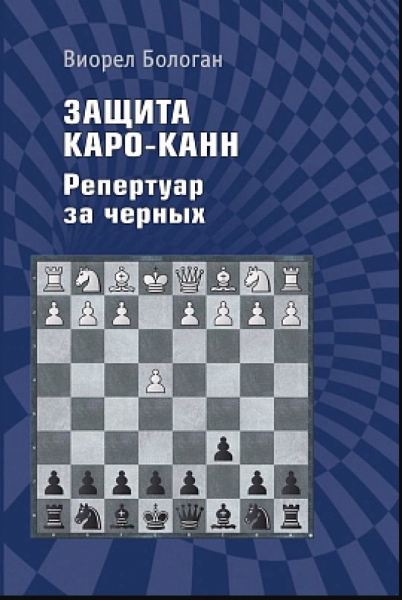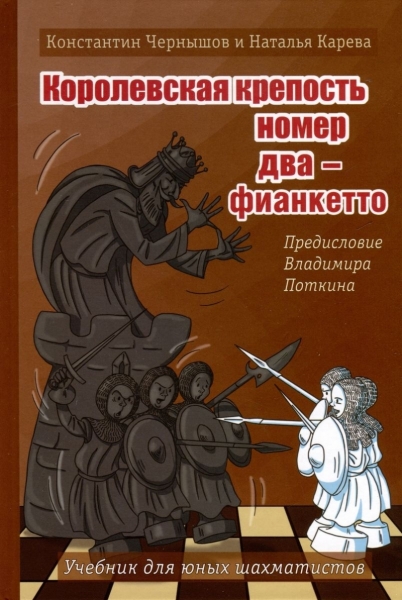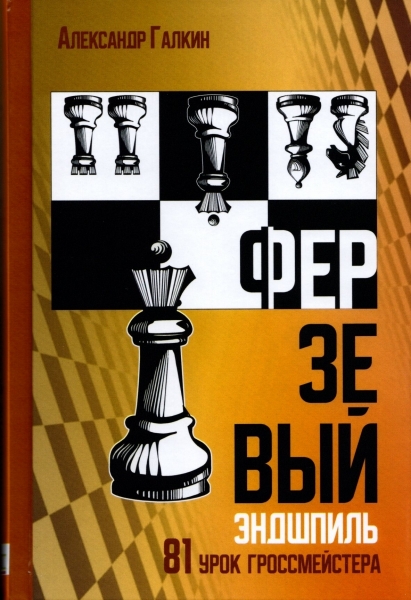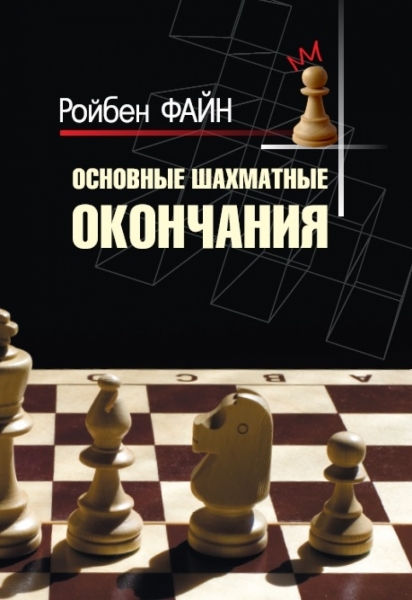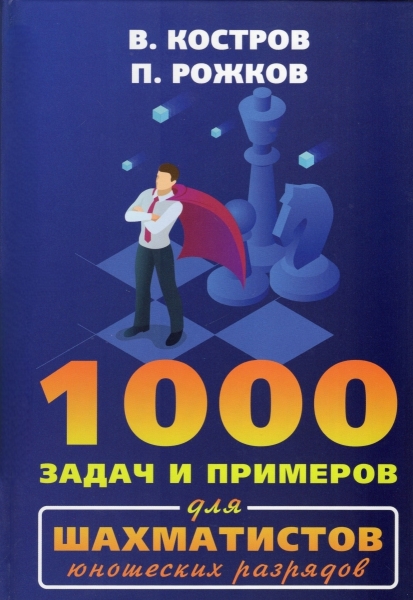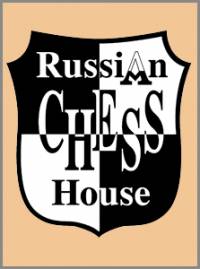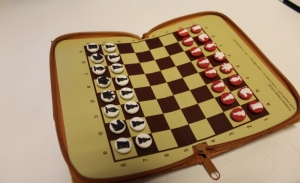Match - tournament 1941 for the title of absolute champion of the USSR in chess (2nd edition, expanded) (There is also an option with a seal and inscriptions for 800R)
- Publisher: Physical education and sport
- Author(s): Botvinnik
- Size: standard
- Binding: solid
- DateOfIssue: 1951
paper book
43.33 $
Description:
The winners of the XII USSR Championship were invited to participate in the 1941 match tournament: I. Bondarevsky, A. Lilienthal, V. Smyslov, P. Keres, I. Boleslavsky and M. Botvinnik. After the participants of the match tournament became known, the tournament program was also determined. Everyone had to play four games with each other — in fact, a small match. Thus, the match tournament consisted of four rounds. Mikhail Moiseevich said that this book is the best thing he has done in the field of chess analysis. Meanwhile, it was created in the most difficult conditions: during the war, during the evacuation. The chess player's family of 6 people lived in the room, and every day, coming home from work, he worked on a table made up of suitcases, believing that in this way he retains his analytical power for future achievements. M.M. often said that real science according to "Parkinson's Law" is done in a barn, and as soon as it appears The doorman in livery at the front door, science ends. Apparently, this also applies to literary and chess work. Another episode related to the book dates back to 1970. A.A.Bykhovsky (at that time the senior coach of the USSR youth national team) led Alexander Belyavsky to Botvinnik. Then M. M. said that Belyavsky was shown to him too late. What do you mean it's late, you asked him again? "17 years is too late, the chess player has already been formed," Mikhail Moiseevich replied. The young man liked it, and Botvinnik gave him this book for careful study. A few months later, she was returned with the words: "I wanted to find at least one error in the analysis, but I didn't find it!"
-
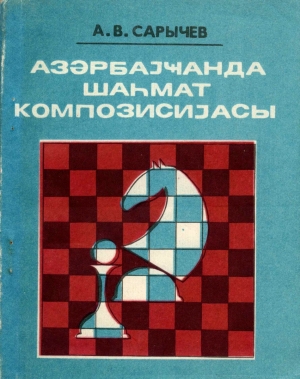 Chess composition in Azerbaijan / Азəрбаjҹанда шаhмат композисиjасы
Author:
Chess composition in Azerbaijan / Азəрбаjҹанда шаhмат композисиjасы
Author:
Sarichev 62.50 $ -
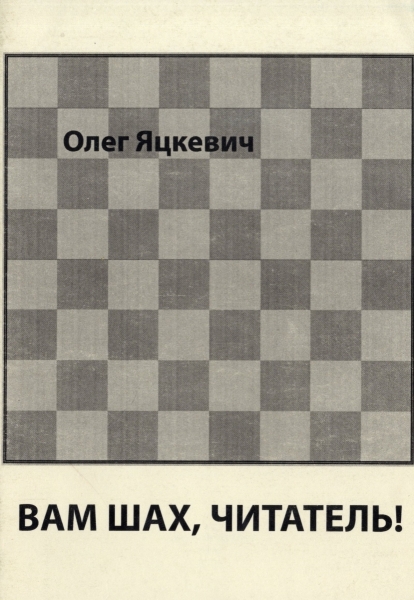 Check it out for you, reader
Author:
Check it out for you, reader
Author:
Yatskevich 15.00 $ -
 Notebook of the chess player of the Russian Chess Federation
4.25 $
Notebook of the chess player of the Russian Chess Federation
4.25 $
-
 Lessons of Mastery. Second edition, revised
Author:
Lessons of Mastery. Second edition, revised
Author:
Dvoretsky 18.75 $ -
 Alexandra Goryachkina: On the way to the chess Olympus
Author:
Alexandra Goryachkina: On the way to the chess Olympus
Author:
Kryakvin 18.75 $ -
 Complete Encyclopedia of Health by Dr. Zalmanov
Author:
Complete Encyclopedia of Health by Dr. Zalmanov
Author:
Zalmanov 16.00 $ -
 Invitation Fide candidates tournament 2020
92.50 $
Invitation Fide candidates tournament 2020
92.50 $
-
 64 chess review No. 1,2,3,4,5,6,7,8,9,10,11,12 for 2024 (Price per issue)
5.00 $
64 chess review No. 1,2,3,4,5,6,7,8,9,10,11,12 for 2024 (Price per issue)
5.00 $
-
 Antique pre-revolutionary wooden chess
187.50 $
Antique pre-revolutionary wooden chess
187.50 $
-
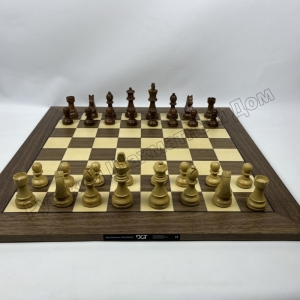 DGT Timeless Wooden weighted Chess Set Handcrafted with Non-Folding Board
600.00 $
DGT Timeless Wooden weighted Chess Set Handcrafted with Non-Folding Board
600.00 $
 Русский
Русский  Английский
Английский 